6 Cool Optical Illusions That Tell You About How Your Brain Works
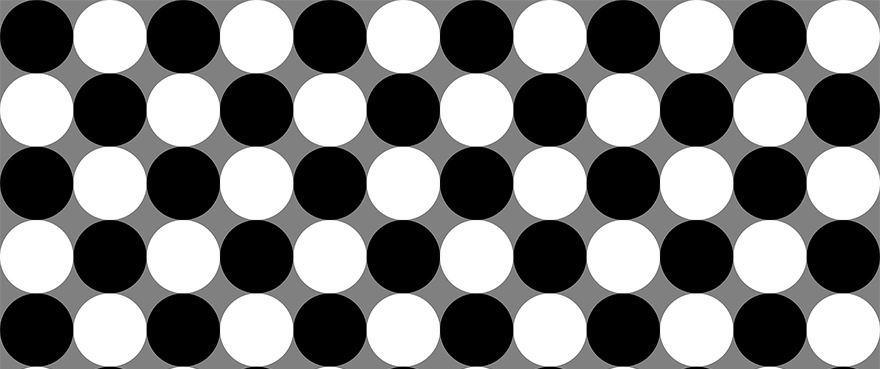
Here at Vivid Vision we spend a lot of time thinking about optical illusions. By looking at how the visual system breaks down we can learn about how the visual system works. Often some of the most promising new techniques we use for helping people with lazy eye are utilizing optical illusions to trick the brain.
Ponzo Illusion
Illusions can be based on someone’s ability to see in three dimensions even though the image hitting the retina is just two dimensional. The Ponzo illusion is an example in which it uses monocular cues of depth perception to trick the eye.
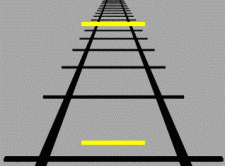
Tough even with two dimensional images, the brain over compensates vertical distances when compared with horizontal distances, e.g. the [vertical-horizontal illusion (https://en.wikipedia.org/wiki/Vertical-horizontal_illusion) where the two lines are exactly the same in length.
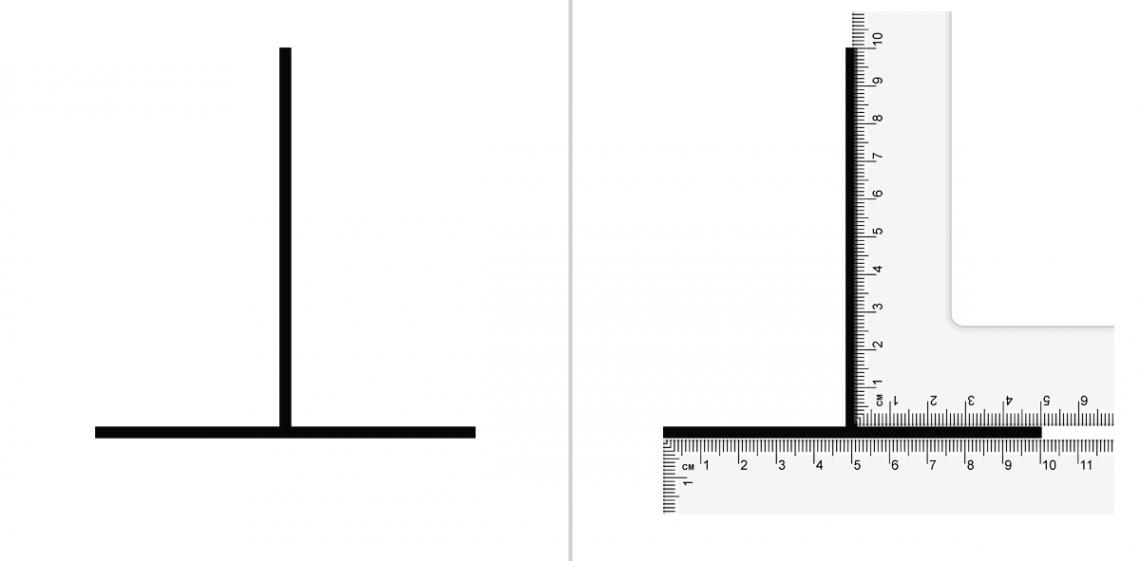
In the Ponzo illusion the converging parallel lines tricks the brain into thinking that the image higher in the visual field is farther away, so the brain thinks the image is larger, but the two images hitting the retina are same in size.
This illusion lets us signal the perception of depth without using binocular disparity. This means that even a person who can't use their weak eye well will be able to use these cues. As we present tasks in the game, we can begin with reliance on cues such as this and slowly associate that with the more difficult binocular disparity (difference between the two eyes) cues. This allows us to train a person's brain to learn depth first from cues they can get from a single eye, then we can work the other eye in over time.
Ambiguity of Direction
The ambiguity of direction of motion due to lack of visual references for depth is shown in the spinning dancer illusion. The dancer appears to be rotating clockwise or counterclockwise, depending on spontaneous activity in the brain where perception is subjective.
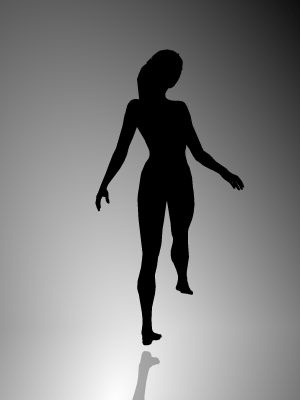
Recent studies show on the fMRI that there are spontaneous fluctuations in cortical activity while watching this illusion, particularly the parietal lobe, because it is involved in perceiving movement.
Checker Shadows
On the checkerboard tile A seems much darker than tile B. Though seen in the revised image below, A and B are actually exactly the same color. In an image editing program, they will both register an RGB value of 120-120-120.
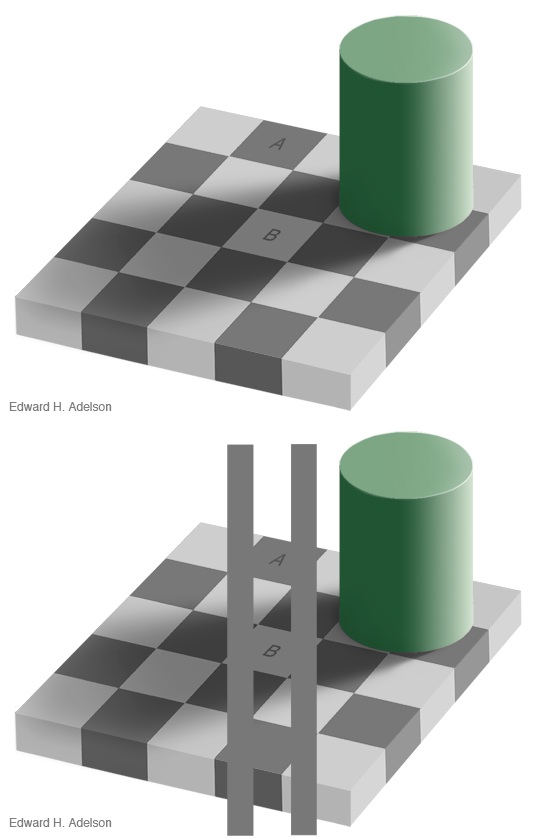
Edward Adelson, a professor of vision science at MIT, created this illusion back in 1995 to demonstrate how our human visual system deals with shadows. When attempting to determine the color of a surface, our brains know that shadows are misleading and make surfaces look darker than they normally are. We compensate by interpreting shadowy surfaces as being lighter than they appear to the eye. So, we interpret square B, a light checkerboard tile that is cast in shadow, as being lighter than square A, a dark checkerboard tile. In reality, the shadow has rendered B just as dark as A.
Source:(http://www.livescience.com/33664-amazing-optical-illusions-work.html)
Simultaneous Contrast Illusion
The horizontal bar in the image below seems gradated, moving from light to dark gray in the opposite direction as the background. If you cover everything but the bar itself, you'll see that it's actually monochrome. Just one solid colored bar.
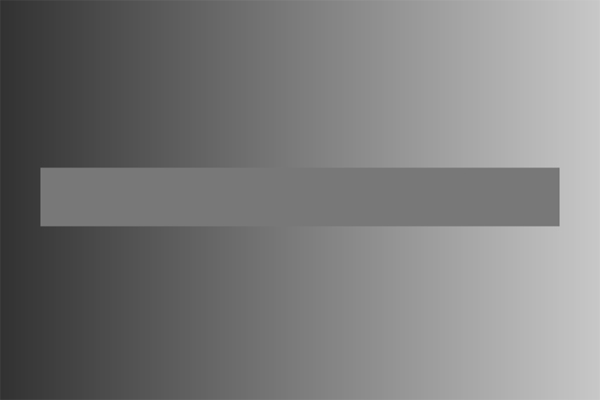
The "simultaneous contrast illusion" is similar to the checker shadow illusion. The brain interprets two ends of the bar as being under different lighting, and deduces what it thinks the bar's true shading would be (if it were lit evenly along its length). It thinks that the left end of the bar is a light gray object in dim lighting. The right end looks like a darker object that is well-lit.
Source (http://www.livescience.com/33664-amazing-optical-illusions-work.html)
Why are they important?
Contrast between elements in our games are extremely important. This illusion shows that it isn't simply raw contrast that matters, but the colors, shdaows, and positions of everything in the scene contribute to perceived contrast. A lot of our earlier experiments weren't properly taking cues like this one in this illusion into account, so it helps us remember just how important every detail can be.
Hering Illusion
The Hering illusion is a geometrical-optical illusions, discovered by German physiologist Ewald Hering in 1861. When two straight and parallel lines are in front of a radial background (like the spokes of a bicycle), the lines appear as if they are bowed outwards.
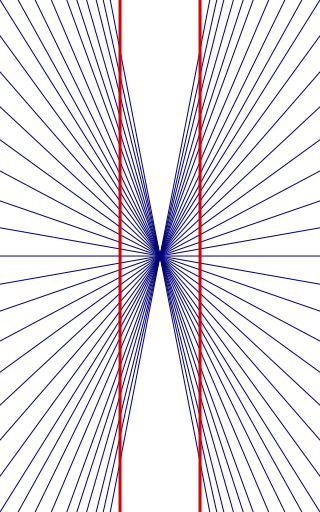
There are many possible explanations for why perceptual distortion is produced by the radiating pattern. The illusion was ascribed by Hering to an overestimation of an angle made at the points of an intersection. If correct, it’s interesting that what yields is the straightness of the parallel lines and not of the radiating lines, implies that there is a hierarchical ordering among components of such illusions. Others have suggested that angle overestimation results from lateral inhibition in visual cortex, while others have suggested a bias inherent in extrapolating 3D angle information from 2D projections.
Another framework suggests that the Hering illusion (and several other geometric illusions) are caused by temporal delays in which the visual system must cope. In this framework, the visual system extrapolates current information to “perceive the present”: instead of providing a conscious image of how the world was around 100 milliseconds in the past (when signals first struck the retina), our visual system estimates how the world is likely to look in the next moment. In the case of the Hering illusion, radial lines trick our visual system into thinking it’s moving forward. Since we are not actually moving and the figure is static, we can misperceive straight lines as curved, as they would appear in the next moment.
Illusory Motion
This is indeed a jpeg file, and normal picture. Not a gif file or animation.
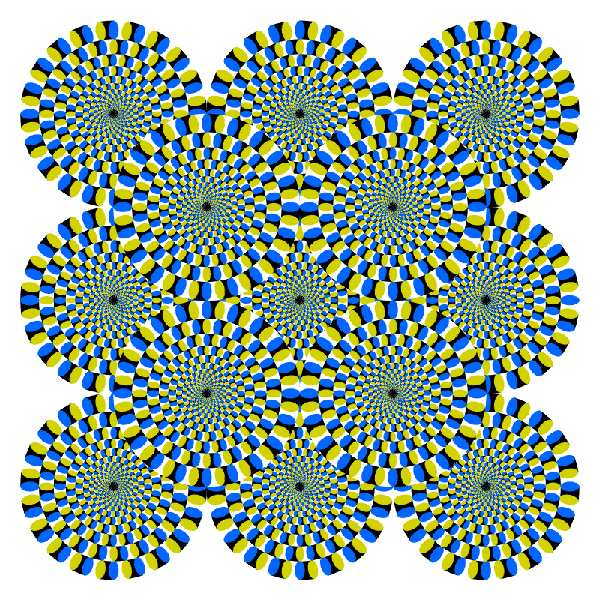
There's no solid explanation for illusory motion. Some visual scientists think it has to do with fixation jitter, “involuntary eye movements that give the illusion that objects near what you're fixated on are moving.” Others say that when glancing around an image, motion detectors in your visual cortex get "confused" by dynamical changes in neurons, and think you're seeing movements.
When we find illusions without explanations this always gets me really excited! One of the goals of our project is to be able to investigate the visual system to discover new things about it.
Source: (http://www.livescience.com/33664-amazing-optical-illusions-work.html)
